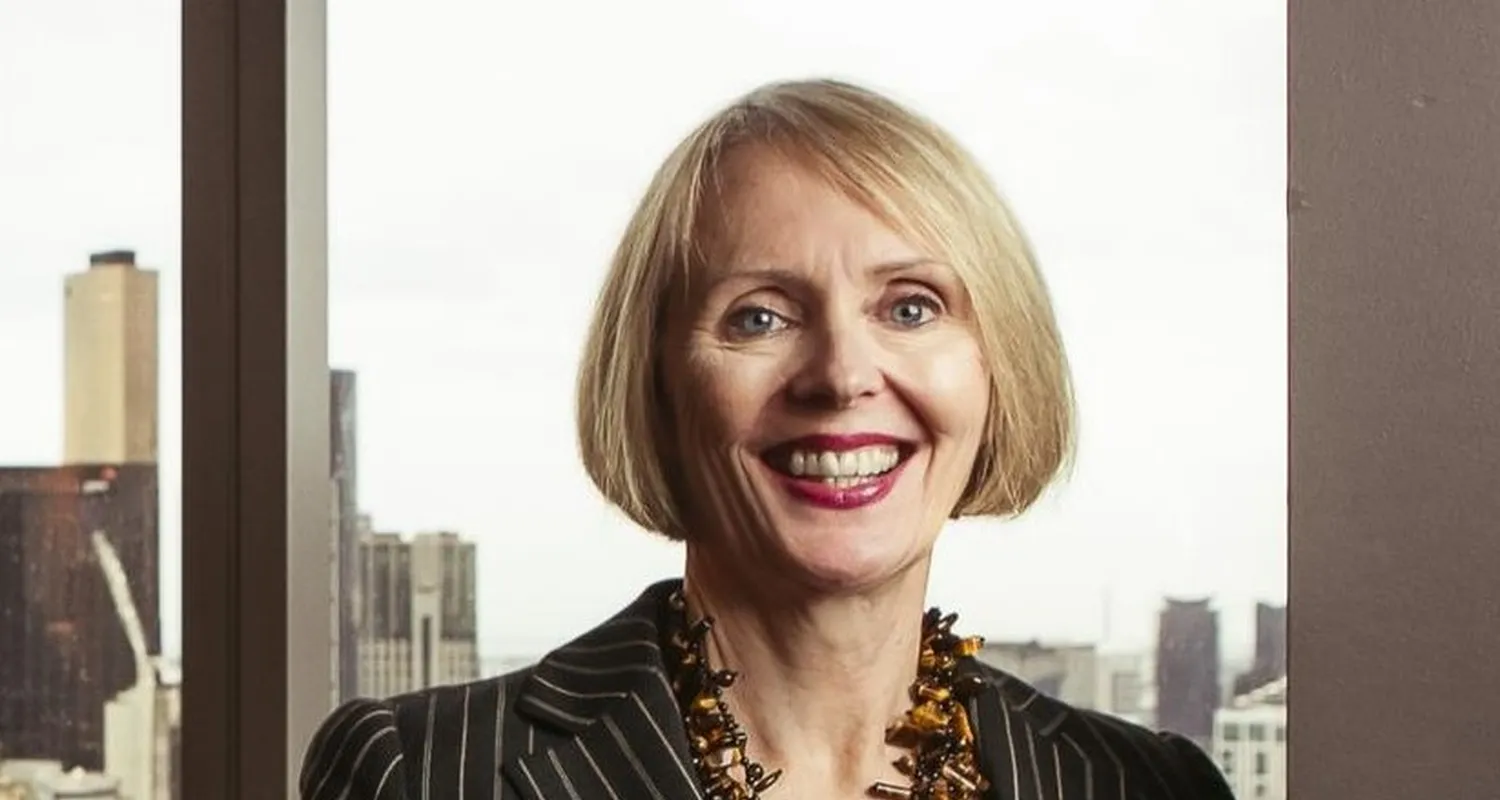1
The tagline of Asialink is “driving creative engagement between Australia and Asia”. In the current global environment where do you see the greatest opportunities?
I see it as a ‘need’ rather than an ‘opportunity’. We need to have the best and most enduring relationships with our near neighbours in the southeast Asian region. This is as a consequence of both the more complex geopolitical environment and an over dependence on China. These relationships must be long-term. It is not sufficient for these only to be government and trade relationships, they must extend to civil society, be inter-generational and also include institution to institution. The depth of these relationship will have an impact on our future and the future prosperity of the region.
2
How do you see Asialink evolving and adapting in such a fast-moving world when there seems to be little time for deeper policy analysis and refection?
This is why Asialink is focussed on more than purely policy but on building Asian capability, connections and impact. However, this can’t be done in a vacuum; we need to build relationships with government and business that are mutually reinforcing. Business must capitalise on opportunities beyond traditional markets; and this is what southeast Asia is wanting. Our near neighbours are growing economically and there are a lot of opportunities. We now need business to take the leap and invest and we need to move beyond building an Asia capable workforce and build Asia capable businesses.
3
One of the Asialink programs is the “40 under 40 Asian Australian Awards”, highlighting influential Asian Australians. Why do you think we still see a lack of Asian Australians in leadership roles in business, government and academia?
Almost 20% of Australians have Asian heritage, but less than 3% are in leadership roles in government or business. Yet the capability of Asian Australians is very high - they are well educated, ambitious and entrepreneurial. There is a great young pipeline of talent coming through and the “40 under 40 Asian Australian Awards” highlights these people and raises their profiles. I think most organisations are committed to diversity but they sometimes just don’t know where to look. Asian Australians are not inclined to push themselves forward. In addition, I think Australian businesses need to make better use of Australian expats returning from Asia - they have got some great experience as well.
4
You have been involved at senior levels in high profile organisations over a number of years. How have you seen the nature of leadership change?
Firstly, I will reflect on the origins in the mid-1980s of the Committee for Melbourne, which I led for six years. The organisation was founded by and comprised business leaders who used their agency and political capital to move the agenda forward. Today I think we see CEOs constrained by stakeholders, boards, shareholders and compliance which means they don’t have as much freedom to be genuinely bold and lead. The heightened perception of risk, combined with our tall poppy syndrome often makes it difficult for leaders to publicly lobby for change.
At the same time though, the concept of the servant leaders has emerged. These leaders lead from behind; they are supportive, enabling and collaborative. This is a very positive trend.
5
You have had a varied and influential career; particularly in leading multi stakeholder organisations. What do you see as the key factors in your success and what advice would you give to emerging leaders?
I think there are two superpowers that leaders need. Firstly, they need to cultivate and maintain networks; this enables anything they do to be amplified and have greater impact. Secondly, they need to operate in a highly collaborative way; in order to achieve positive long-term outcomes.
In terms of my own success, I have always placed a high importance on having a very positive relationship with my Chair. I have also learnt that you need to have the courage to stand up for your agenda and your people, and to make the tough decisions.



